Papaya Profile
Written by Joy
Nov 06 2020
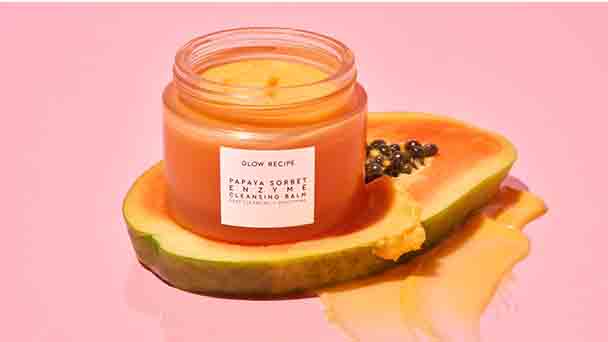
Papaya is a tropical and subtropical evergreen softwood small tree, 8-10 meters high, with milk. Its stem is unbranched or sometimes branched at the damage, with stipules arranged in a spiral. The fruit of papaya grows on the tree and looks like a melon, hence the name papaya. Papaya milk is the main ingredient for making loose meat powder. The flowering and fruiting period of papaya is year-round.
Papaya morphological characteristicsPapaya growth habit and growing environment and distributionPapaya efficacy and roleRelated peoplePapaya cultivationGermination treatmentSowingSeedbed managementColonizationTemperatureNutritionMoistureAirIllumination
Papaya morphological characteristics
The leaves of papaya are large, clustered at the top of the stem, nearly shield-shaped, up to 60 cm in diameter, usually 5-9 deeply divided, and each lobe is pinnately divided; the petiole is hollow, up to 60-100 cm.The flowers are unisexual or bisexual. Some varieties occasionally produce bisexual flowers or female flowers on male plants and bear fruit, and sometimes a few male flowers appear on female plants. There are male plants, female plants and bisexual plants. Male flowers: arranged in panicles, up to 1 m long, drooping. The flowers of papaya are sessile; the sepals are joined at the base; the corolla is creamy yellow, and the corolla tube is thin and tubular, 1.6-2.5 cm long, and the corolla lobes 5, lanceolate, about 1.8 cm long and 4.5 mm wide. The stamens of papaya are 10, 5 long and 5 short, a few short filaments, and the long filaments are white with white hairs; the ovary has degenerated. Female flowers: solitary or arranged into corymbs inflorescences, with the short stalk or nearly sessile, with 5 sepals, about 1 cm long, connate below the middle; corolla lobes 5, separate, creamy yellow or yellowish-white, Oblong or lanceolate, 5-6.2 cm long and 1.2-2 cm wide. Ovary of papaya superior, ovoid, sessile, style 5, stigma several lobed, sub-tassel shaped.

Papaya has berry flesh, orange or yellow when mature, oblong, obovate, pear-shaped or nearly spherical, 10-30 cm or longer, soft and juicy, and sweet. Papaya has a large number of seeds, ovoid, black when mature, with fleshy outer testa and woody inner testa with wrinkles.
Papaya growth habit and growing environment and distribution
Papaya likes the tropical climate with high temperatures and humidity. It is not cold-tolerant and will wither when it encounters frost. Because of its shallow root system, avoid gale and stagnant water. The requirements for geothermal are not strict, and it can be cultivated in hills and mountains. Papaya has strong adaptability to the soil, but it is better to grow in loose and fertile sandy loam or loam.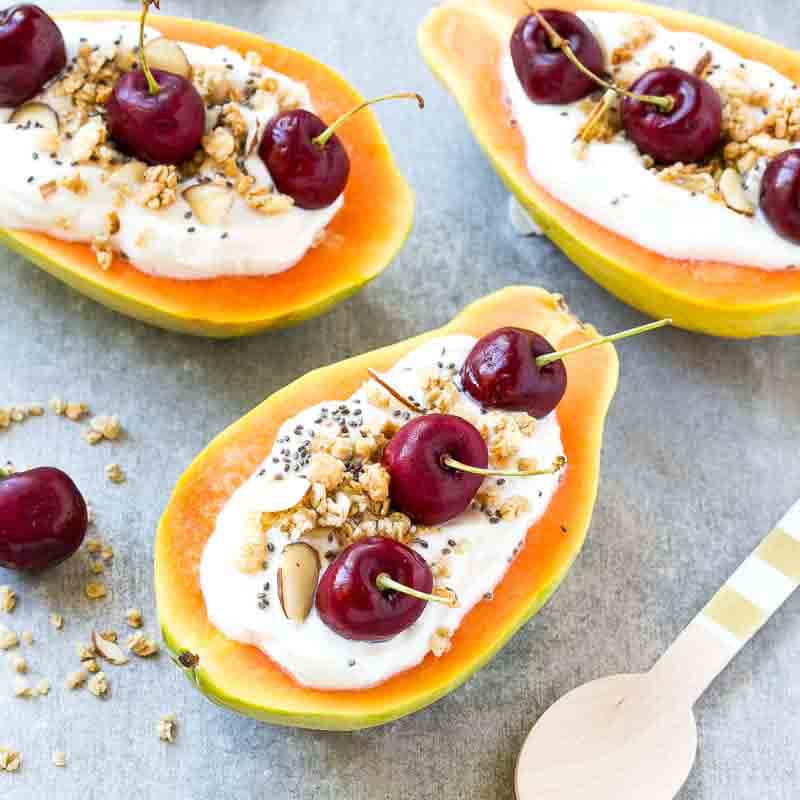
Papaya is distributed in tropical and subtropical regions of the world. It is native to southern Mexico and neighboring Central America and is now mainly distributed in Southeast Asia, Malaysia, the Philippines, Thailand, Vietnam, Myanmar, Indonesia, India, Sri Lanka, Central and South America, West Indies, Florida, Hawaii, and Cuba. And Australia. Papaya in China is mainly distributed in Guangdong, Hainan, Guangxi, Yunnan, Fujian, Taiwan and other provinces.
Papaya efficacy and role
The papaya has smooth and beautiful skin, thick and delicate flesh, rich aroma, rich juice, sweet and delicious, and rich nutrition. Papaya is rich in more than 17 kinds of amino acids, calcium, iron and so on. It also contains papain and papaya base. Half a medium-sized papaya is enough to provide vitamin C for adults all day long.The fruit of papaya can not only be used as fruits and vegetables but also has a variety of medicinal values. The milk of immature papaya can be extracted from papaya, which is an excellent raw material for making cosmetics and has the effect of beauty and whitening.
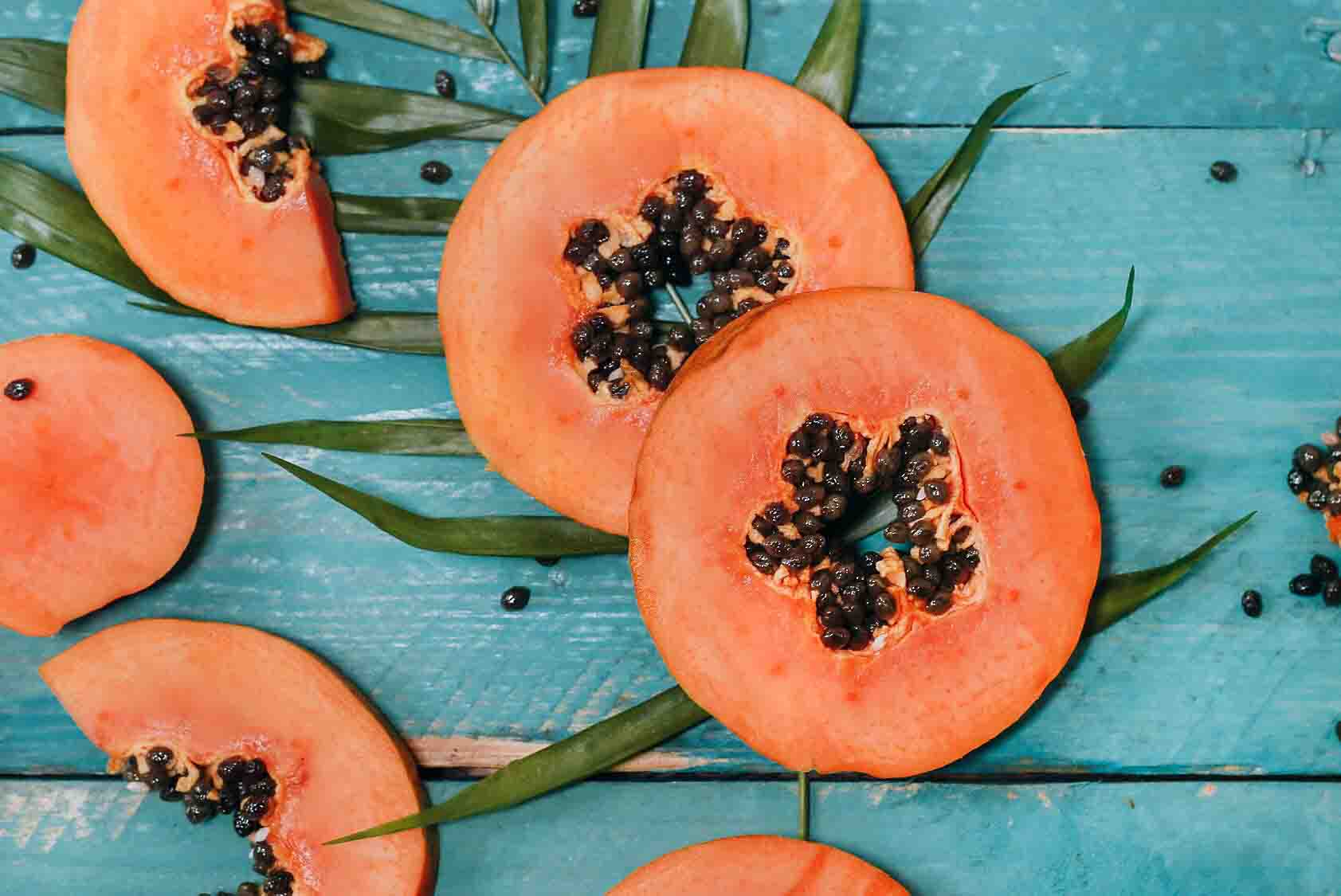
Related people
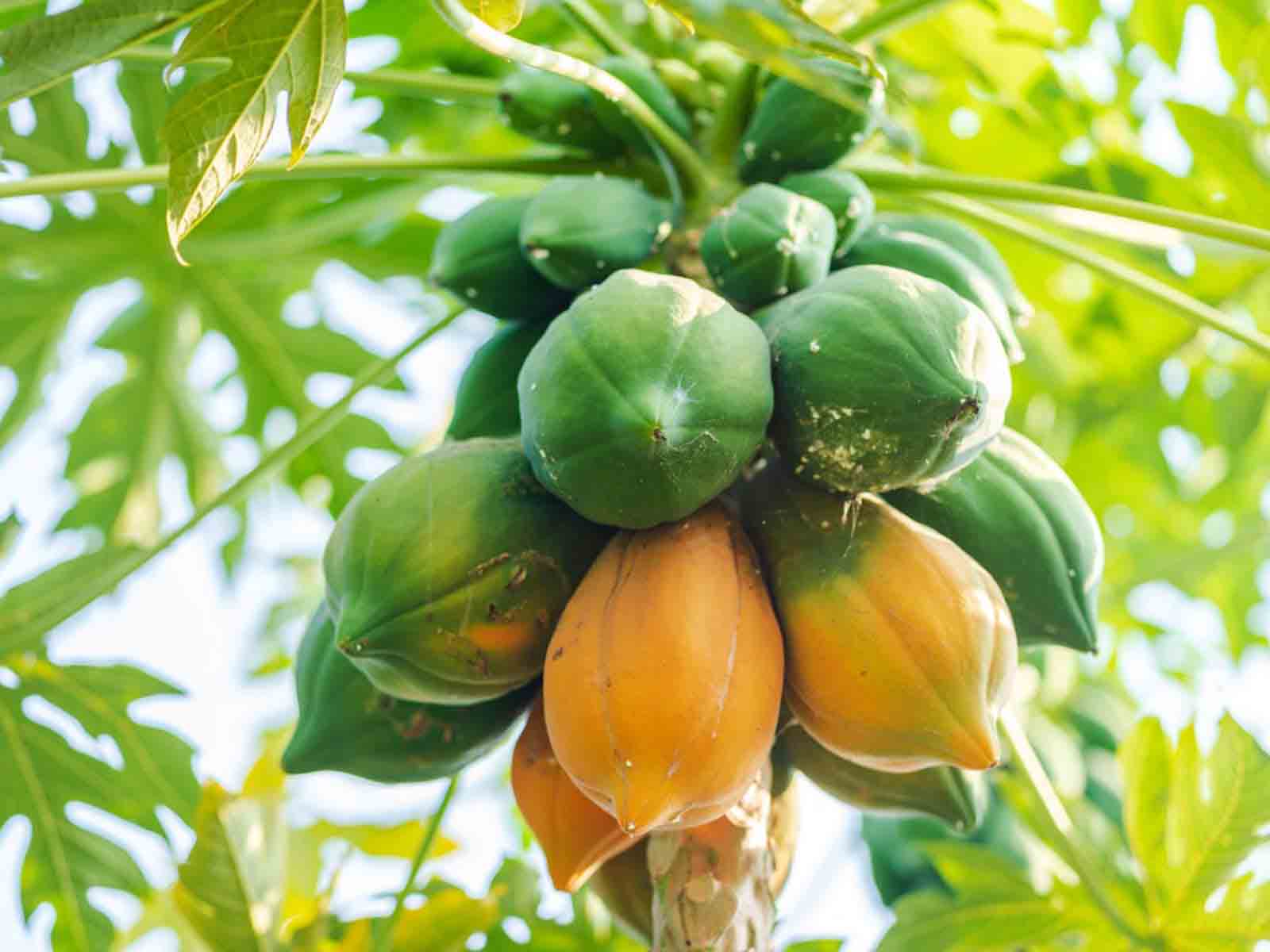
2. Papaya is not suitable for pregnant women and people with allergies.
Papaya cultivation
Germination treatment
Papaya seeds are disinfected with 70% thiophanate-methyl wettable powder 600 times solution, washed after 20 minutes, and then soaked with 1% sodium bicarbonate solution for 5 hours, after washing, soaked with clear water for 24 hours, in a constant temperature and humidity box at 36℃ Undertake germination. Sow until the seed coat is white.Sowing
Sowing from mid-to-late October to early November. Sow 2~3 seeds per nutrition bag on the surface of the bag and cover it with a layer of nutrient soil after sowing. Then pour plenty of water, cover with a film, and control the temperature between 30-40℃. After the papaya seedlings are arched, the temperature of the seedling shed should be controlled at 20~30℃. The seedling period is about 3 months.Seedbed management
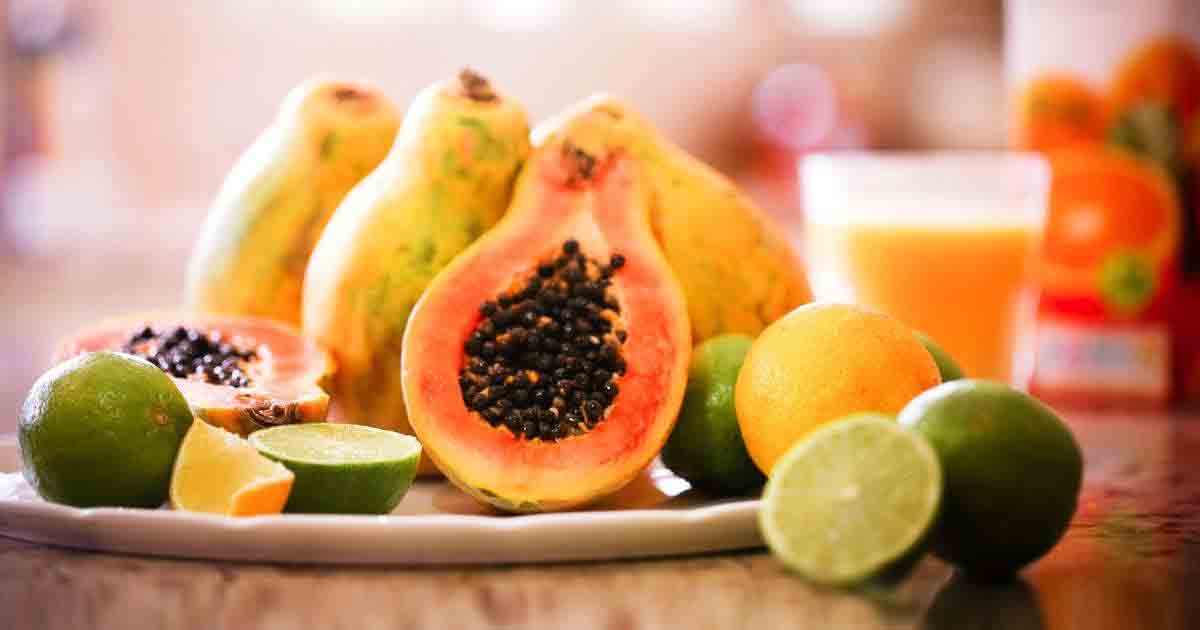
Colonization
1. Site selection and site preparationChoose plots with fertile and loose soil, shelter from wind and sunshine, and good drainage and irrigation.
2. Colonization
When planting, remove the nutrient bag, do not loosen the nutrient soil mass, and do not damage the roots. It should not be too deep when planting, and the soil layer should be slightly higher than the root neck. After planting, water enough root water and cover the tree tray with dry straw. Pay attention to frequent watering to keep the soil moist.
Field management
Temperature
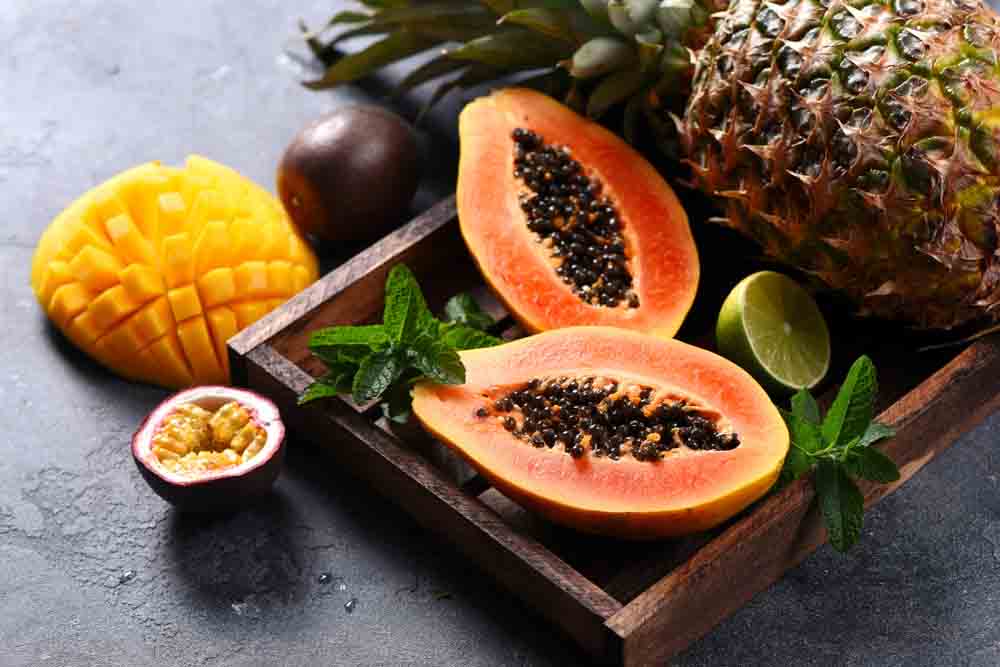
Nutrition
Papaya tree body growth and fruit development require a lot of nutrients. It is sensitive to nutritional conditions and has obvious symptoms of cable deficiency. In addition to N, P, K, and Ca, it also requires Mg, Fe, B, Mn, and Cu. , Zn and other trace elements. Papaya is a K-loving plant, so it is important to apply K fertilizer in its production. Papaya lacks B and is prone to tumor diseases.Moisture
The growth and development of papaya require sufficient and even water supply. Moist soil without accumulation of water is the guarantee of high yield, stable yield and high quality. Insufficient soil moisture, slow plant growth, slender stems and leaves, poor flowering and fruit; too much moisture, poor root ventilation, will cause rotten roots and dead seedlings.Air
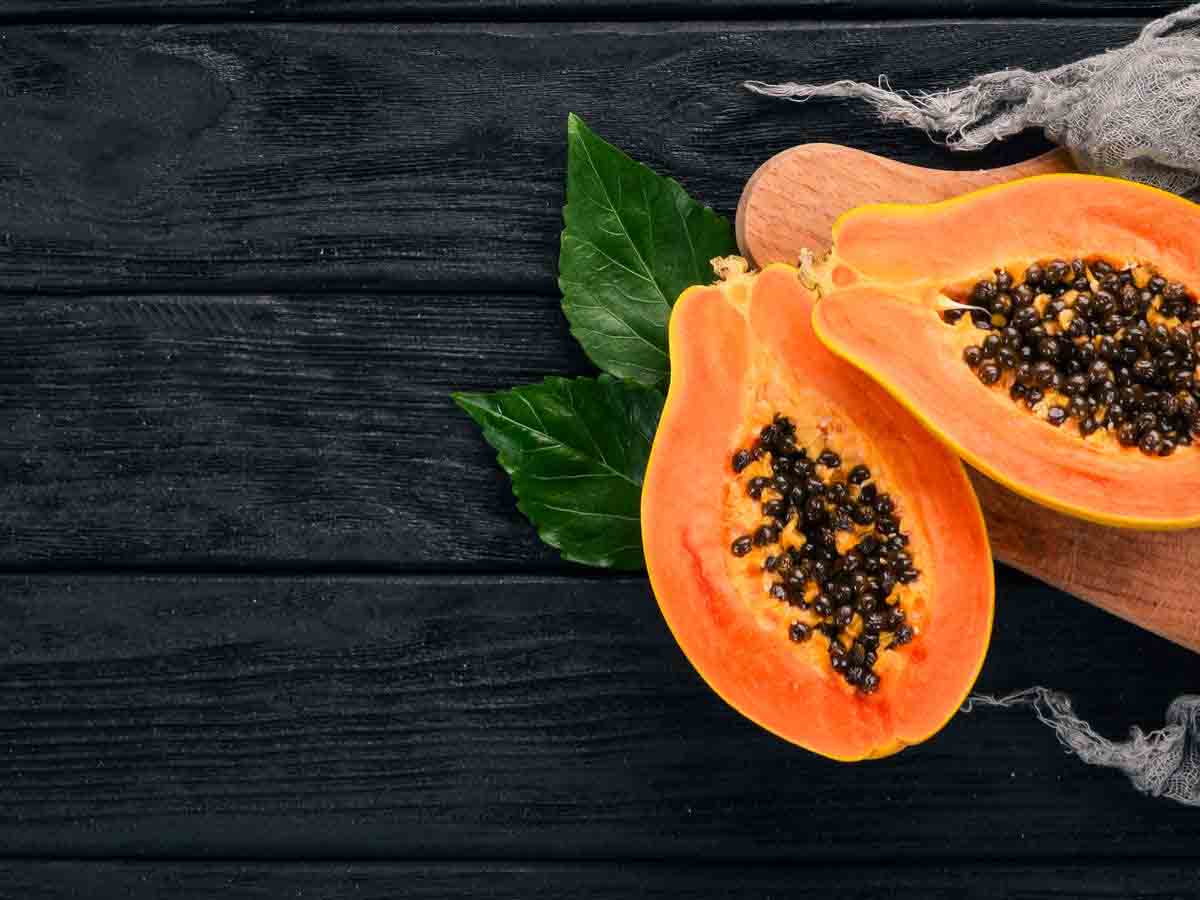
Illumination
Papaya has high requirements for light, strong light, strong plants, thick rhizomes, short internodes, wide and thick leaves, thin stems, long internodes and petioles, thin leaves, underdeveloped flower buds, and less fruit set under insufficient light conditions. , The fruit is small. Lack of light when the fruit is ripe will affect the fruit quality. Therefore, high-yield and high-quality cultivation are best to choose sunlight greenhouse cultivation with good light conditions. In solar greenhouse cultivation, the shed film can be uncovered from June to September and transferred to open-air cultivation to enhance light and reduce the temperature. However, in the high temperature and strong light season in July and August, proper shading should be considered to prevent the fruits from being sunburned.Latest Updated
- Benefits of Bugleweed - 7 Science-backed Health Benefits
- Bugleweed Dangers & Side Effects - Is It Poisonous?
- How to Plant Evergreen Trees - What You Should Know
- When to Plant Evergreens - Grow Guide for Evergreen Trees
- 12 Wonderful Evergreen Shrubs for Your Garden
- 12 Popular Evergreen Plants with Pictures for Beginners
- When And How To Prune A Lilac Bush Like a Pro
- How to Grow & Care for Lilac Vine (Hardenbergia Violacea)
- Japanese Lilac Tree (Syringa Reticulata) Care & Propagation Guide
- Shumard Oak Pros and Cons - What to Know
Popular Articles
- Winter maintenance of Antirrhinum Majus
- How to Grow Terminalia Mantaly Tree
- How to Grow and Care for Crossostephium Chinense
- How to grow Antirrhinum Majus in spring
- Peristeria Elata (Dove Orchid) Profile: Info & Care Guide
- Underwatered Snake Plant (Sansevieria Trifasciata) - Signs And How To Fix
- How to Care for Brazilian Jasmine Plant (Mandevilla Sanderi)
- How to Grow & Care for Graptopetalum Purple Delight in Summer
- Rosa Chinensis (China Rose): Plant Growing & Care Tips
- How to Care for Baby Sun Rose (Aptenia Cordifolia)